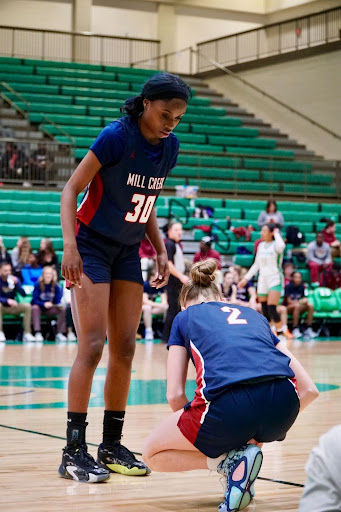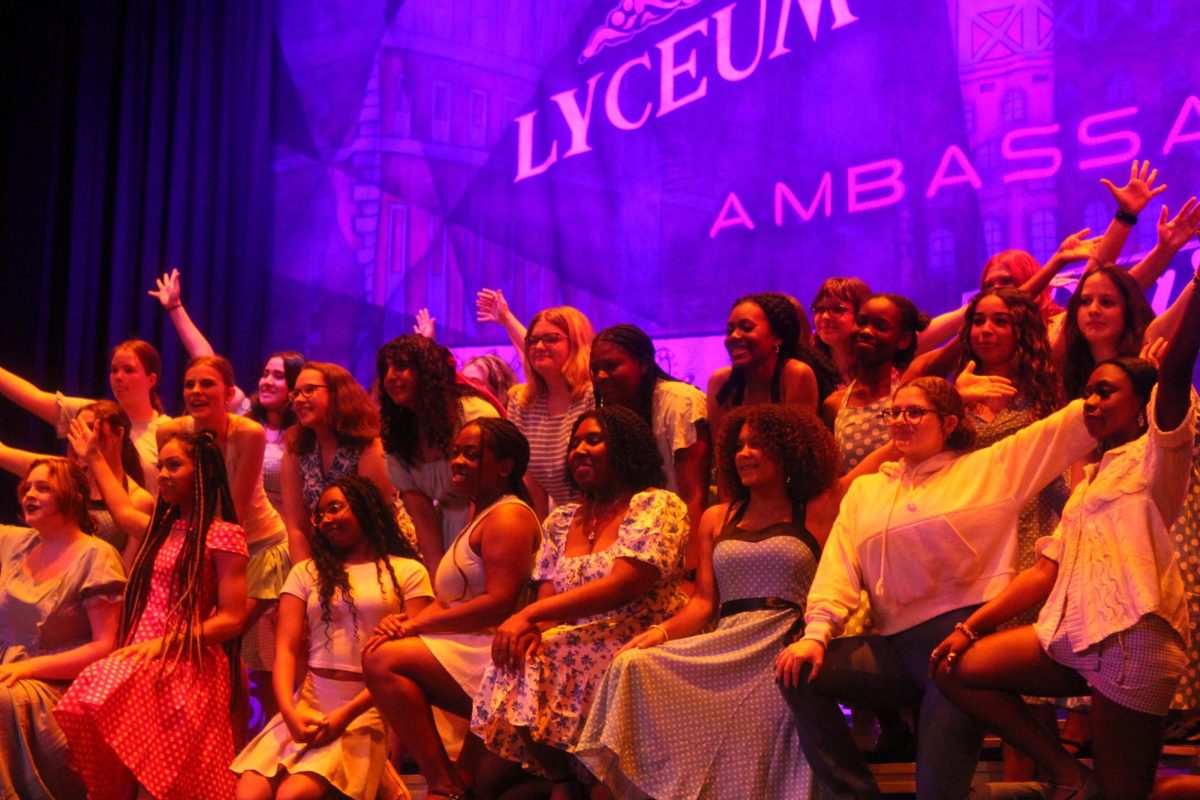Have you ever wanted a glimpse into the daily life of an EPIC student or teacher at Mill Creek? Three simple words can describe the experiences of an EPIC student or teacher: connection, creativity, and collaboration.
Mill Creek’s one-of-a-kind STEM-certified program known as EPIC is currently expanding the boundaries of education and redefining learning as we know it. EPIC, which includes the classes of language arts, math, science, and engineering, was created to provide students with a nontraditional and hands-on classroom experience. Since its start in 2016, EPIC has been centered around sending students out into the world with the necessary tools they need to be successful in college or the workplace. This includes STEM (science, technology, engineering, and math) experience, academic skills and the ability to connect, create and collaborate.
One way that EPIC creates connections is through the cross-curricular teaching approach which focuses on encouraging students to explore how their different classes relate to one another. “Everything in real-world jobs is cross-curricular, so if we can start that process now of helping kids see how things are interrelated, it’s going to help as they move into their futures,” EPIC high school math teacher Elizabeth Leonard, FAC, said. EPIC teachers work together to plan projects and activities incorporating subject matter from multiple classes. They will often coordinate the lessons so that similar topics overlap from class to class which creates a connected learning experience.
Another substantial aspect of day-to-day life in EPIC is creativity, innovation, and striving to think outside the box. Many EPIC lessons include a design aspect that allows students to showcase their original ideas. “When we’re learning and teaching things in EPIC, we are talking about how we can think about things differently and how we can solve a problem differently,” Leonard said. For example, students were tasked with creating an original logo to represent a product using specific geometric constructions they learned this semester in Leonard’s math class. These types of lessons reinforce content and curriculum but also present students with the opportunity to create, be individual, and stretch the limits of their thinking.
Finally, EPIC fosters collaboration through project-based learning tasks. These are ventures in which students work together and apply what they have learned in all four EPIC classes to find a solution to a real-world problem. For example, EPIC students recently designed and created innovative products that could be used to assist residents in disaster-struck areas. Another EPIC project involved students working together to build carnival games for special needs students at Mill Creek. These tasks often create favorite memories and memorable experiences. “It was really fun to see how much [the special needs students] enjoyed what we created,” Carson Goodman, 11, said. These projects encourage students to work together as a team, pull on each group member’s strengths to accomplish the task, and demonstrate the true meaning of collaboration.
By connecting, creating, and collaborating, EPIC students are preparing for their next step after high school and constantly growing. “[EPIC] helped me work with people better and get an understanding of engineering and building,” Holly Hunt, 9, said. Through the incorporation of connection, creativity, and collaboration, EPIC is encouraging both students and teachers to learn and change the world one idea at a time.




















